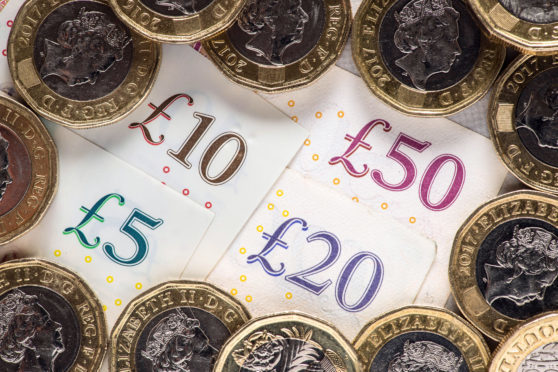The Highlands and Islands remains the first place for the steepest growth in the Scottish rental market.
Your Move’s latest Scottish Rental Tracker has revealed the figures, which show the region posted the strongest rent growth at 11% in the 12 months to April.
The Highlands and Islands region saw rents rise by 11.4% in the year to April 2018, Your Move Scotland found.
Prices in the region now stand at £664 per calendar month, making it the second most expensive region for tenants in the country.
Edinburgh and Lothians remains ahead by less than £10 pounds, as the average rent was £672 this month. This follows growth of 2.6% in the last year.
Glasgow and Clyde was the other region where prices increased in the last 12 months.
Here the average property is let for £587 a month – 3% more than a year ago.
Both the East of Scotland and the South of Scotland saw falls in the cost of the average rental property. In the East there was a 1.3% fall in the last 12 months, with the average price now standing at £531.
Meanwhile in the South prices dropped by 2.9% to £547.
The East is once again the cheapest region for tenants to rent a property in Scotland.
Brian Moran, lettings director, Your Move Scotland, said: “The Highlands and Islands continues to remain in first place for the steepest growth in the Scottish rental market.
“Prices here have increased by more than 11% in the last 12 months – much faster than anywhere else in Scotland.
“Elsewhere it was a more mixed picture with prices rising strongly in the cities of Edinburgh and Glasgow, but falling in the East and South.
“With the Letting Agent Code of Practice introduced in January, landlords should contact their current agent to check whether they are compliant with the new legislation taking effect.”










